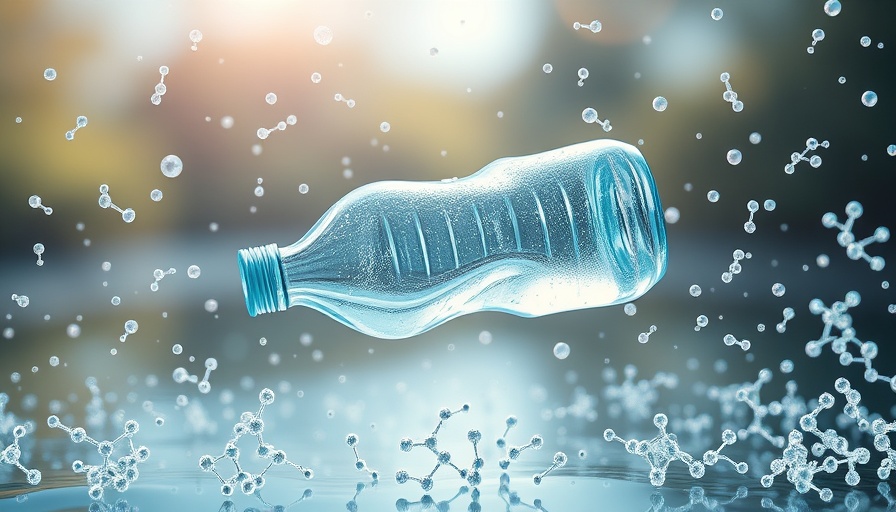
The Hidden Crisis: What Are Nanoplastics?
In recent years, the term nanoplastics has emerged as a critical point of concern within the conversation around ocean pollution. These minute particles, which measure less than one micrometer, have largely flown under the radar compared to their larger counterparts, macroplastics and microplastics. Recent studies, including one from researchers at the Helmholtz Center for Environmental Research, have uncovered staggering amounts of these particles in our oceans, particularly in the North Atlantic, where an estimated 27 million tonnes are floating. That's more than the combined weight of all wild land mammals!
The Widespread Impact on Marine Life
As nanoplastics infiltrate the marine ecosystem, the impacts are not just quantitative but qualitative. Marine animals, from fish to whales, encounter these particles regularly. Many mistakenly ingest them, leading to potential injuries in their gastrointestinal tracts. The New York Times highlighted that certain nanoplastics can even penetrate the bloodstream, raising alarming questions about the long-term effects on marine species and, eventually, human health as we consume seafood.
Why Are Nanoplastics So Difficult to Measure?
One might wonder why it has taken so long to quantify the presence of nanoplastics in ocean waters. The small size and tendency of these particles to clump together make them challenging to distinguish from other environmental materials. Traditional oceanic sampling methods may fail to capture them effectively, meaning that our understanding of marine plastic pollution has been severely limited. The insights provided from expeditions like the one aboard the RV Pelagia paint a clearer picture of this hidden crisis.
Future Predictions: Addressing the Silent Threat
Given the scope of the problem, what does the future hold for our oceans? The prevalence of nanoplastics potentially signals a shift in focus for environmental advocates and policymakers alike. Initiatives aimed at reducing plastic waste must evolve to include targeted strategies for mitigating nanoplastic pollution. Enhanced waste filtration systems and innovations in biodegradable alternatives are two areas that can help curb future contamination.
Why This Matters and What You Can Do
Understanding the scale and impact of nanoplastics is crucial for everyone, not just scientists. As informed citizens, we need to push for stronger regulations and engage in eco-friendly practices. Simple actions like reducing single-use plastics and increasing recycling can contribute to reducing this pollution at its source. Each small step collectively leads to greater ocean health.
Rest assured, awareness and advocacy can drive change. Keeping informed about such environmental issues is vital for the health of our planet and future generations.
 Add Row
Add Row  Add
Add 




Write A Comment